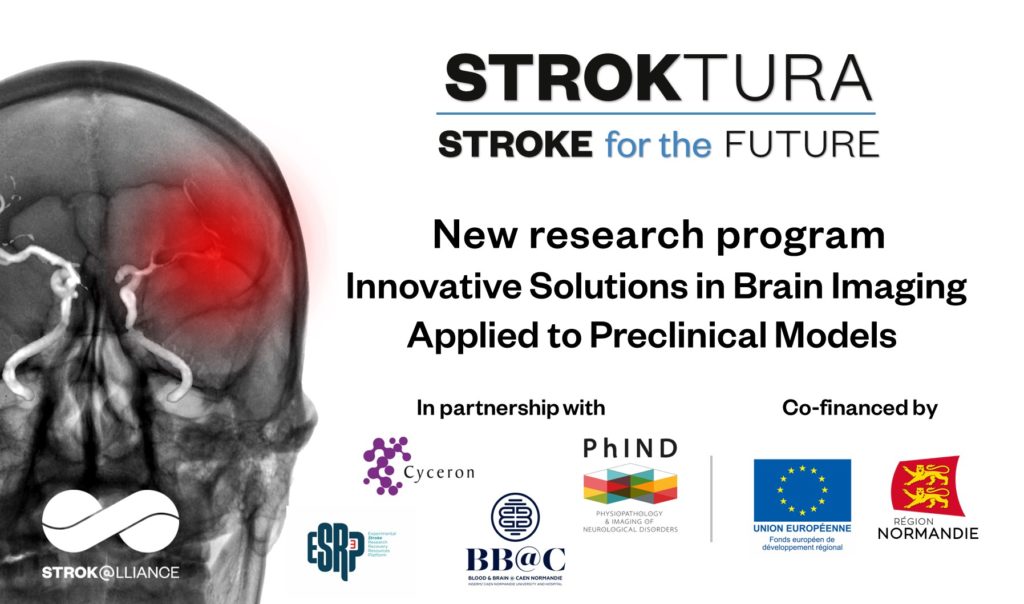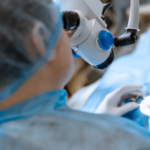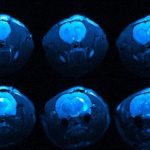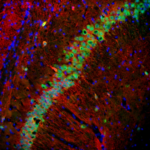PRECLINICAL CRO SERVICES
STROK@LLIANCE – Dedicated research Lab for Neurovascular diseases
We offer high-translational efficacy and safety models that integrate key risk factors in an industrial standards environment. Our services cover both in vitro and in vivo approaches, supported by a comprehensive portfolio that includes hemostasis assays, cerebral hemorrhage and stroke models, and advanced imaging technologies such as MRI, PET, and molecular imaging. Our fully equipped platforms for bioassays, histology, and immunohistochemistry enable in-depth analysis and biomarker profiling. We offer both standardized and customized solutions tailored to your specific needs in the field of neurovascular research and stroke.
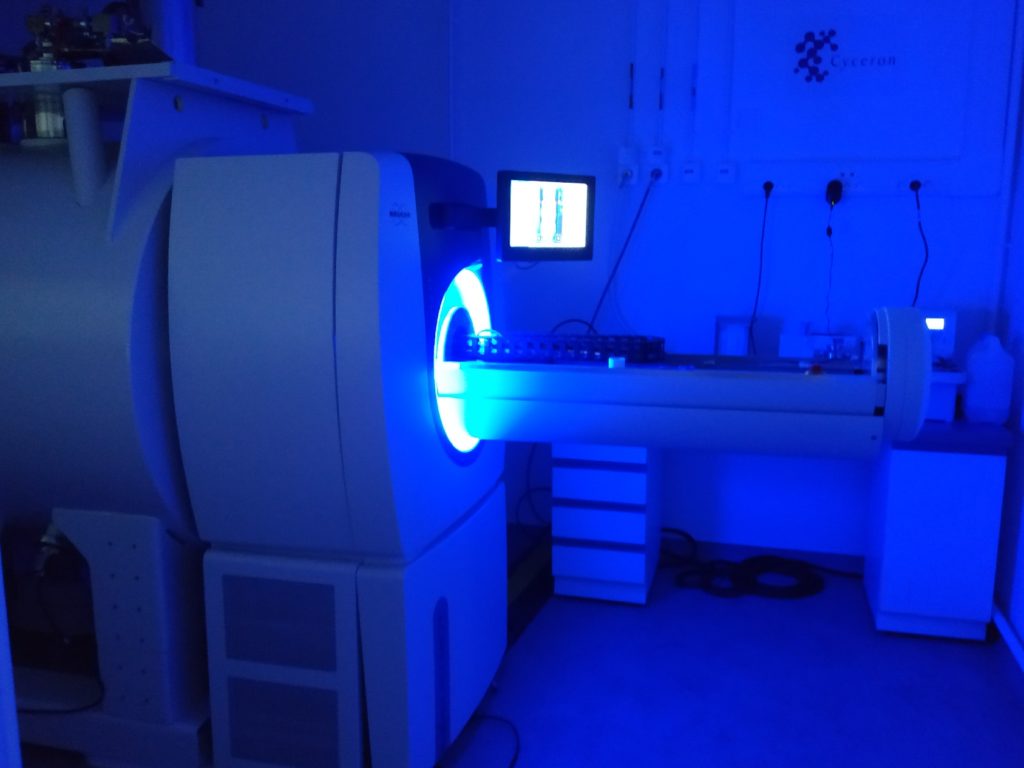
Our models
in vitro Models
ROTEM assay | Human whole blood
Clot lysis assay |Human blood
Excitotoxicity | Glutamate-induced
MAIN READOUTS
Clot formation and lysis parameters | Lysis time | Cell viability | Neurite network | Synaptic density
in vivo Models in mice & rats
Hemorrhagic Stroke models
Intracerebral Haemorrhage | Collagenase-induced
Intracerebral Haemorrhage | Autologous blood-induced
Distal Ischemic Stroke models
Thrombotic distal MCAO | Thrombin-induced
Thrombotic distal MCAO | FeCl3/AlCl3-induced
Thrombotic distal MCAO in mice with diabetes | Thrombin-induced
Proximal Ischemic Stroke models
Thromboembolic MCAO | autologous blood clots injection
Transient mechanical proximal MCAO
in vivo Models in pigs
Efficacy model: Intracerebral Haemorrhage Stroke | Collagenase-induced
Customized Stroke models available on other pathologies – On demand
MAIN READOUTS
Lesion, oedema & Hemorrhage quantifications | MCA recanalization | Behavioural tests | (Immuno)histology & bioassays on brain tissue, including hemoglobin dosage | Acute superficial tissue perfusion (CBF index)|Brain tissue perfusion | Neurovascular coupling following whisker stimulation | Blood brain barrier integrity.
R&D Project
STROKTURA
STROKTURA, Stroke for the Future, aims to find innovative solutions in brain imaging applied to preclinical models of stroke, with the purpose of testing future therapies for ischemic strokes in humans. This project, led by our team of experts in collaboration with BB@C, with scientific and technical support from PhIND, ESR3P, and CYCERON, is financially supported by FEDER and the Normandy Region.
